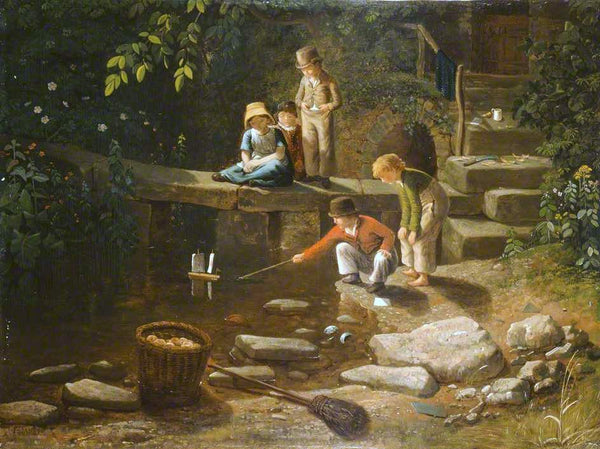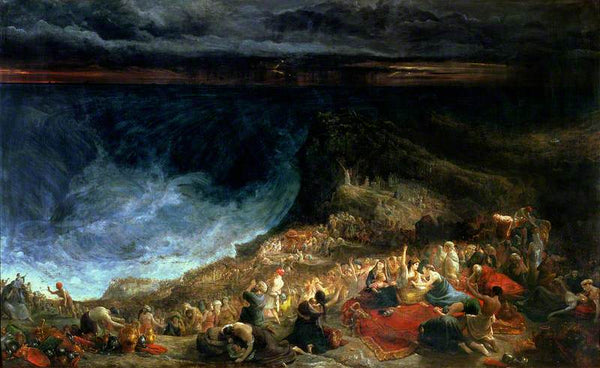Your Cart is Empty
Menu
-
- Tapestries
- Yoga Mats
- Kaleidoscopes
- Our Artists
- Adam One
- Amanda Sage
- Andreilien
- Android Jones
- APEX
- Art of One
- Asirios
- Astral Visions
- Austin Mackereth
- Autumn Skye
- Benedigital
- BL Visuals
- Blake Drezet Art
- Boris Pelcer
- Burgandy Viscosi
- Chris Dyer Positive Creations
- Chris Miele
- Collin Salazar
- Danny Stephens
- Darren Minke
- David Sugich
- Dela
- Dima Yastronaut
- Emily Kell
- Erica Robin
- Free Rein
- Gabriel Welch
- Giohorus
- Gwen A.P.
- I Am Electric
- Jack Laroux
- Johnathan Singer
- Kai Wilder
- Karen Schaefer
- Kirsten Zirngibl
- Light Wizard
- Logan Walden
- Luke Brown
- Marcelo Germana
- Mark Henson
- Martina Hoffmann
- Masha Falkov
- Mélissande Monette
- Moksha Marquardt
- Mr. Melty
- Mugwort
- Natural Warp
- Olivia Curry
- Paul Mez
- Phil Lewis
- Psiloteric Visions
- Psybe Industries
- PsytScene
- Robyn Chance
- Shane Myers
- Sylvia Ritter
- Silvio Vieira
- Simon Haiduk
- Soltice Son
- Steady Lifted
- Swartz Brothers Art
- Sylance
- TAS Visuals
- Totemical
- Trax (Desert Dwellers)
- Tyler Gentry
- Victor Olenev
- Wrenna Monet
- Info
-
- Text 631-743-0278
-
United States (USD $)

Add description, images, menus and links to your mega menu
A column with no settings can be used as a spacer
Link to your collections, sales and even external links
Add up to five columns
Add description, images, menus and links to your mega menu
A column with no settings can be used as a spacer
Link to your collections, sales and even external links
Add up to five columns
Add description, images, menus and links to your mega menu
A column with no settings can be used as a spacer
Link to your collections, sales and even external links
Add up to five columns
Add description, images, menus and links to your mega menu
A column with no settings can be used as a spacer
Link to your collections, sales and even external links
Add up to five columns
Add description, images, menus and links to your mega menu
A column with no settings can be used as a spacer
Link to your collections, sales and even external links
Add up to five columns
Add description, images, menus and links to your mega menu
A column with no settings can be used as a spacer
Link to your collections, sales and even external links
Add up to five columns
Add description, images, menus and links to your mega menu
A column with no settings can be used as a spacer
Link to your collections, sales and even external links
Add up to five columns
Add description, images, menus and links to your mega menu
A column with no settings can be used as a spacer
Link to your collections, sales and even external links
Add up to five columns

Happy Birthday Francis Danby (Irish Romantic Era Artist)
November 16, 2019 3 min read
Francis Danby
Born on November 16, 1793, Francis Danby was a painter of Irish origin, who is known for his dramatic, imaginative landscape paintings. Francis Danby’s majority work was naturalistic, however, towards the later part of his life, he created apocalyptic melodramatic paintings. Some compare his imaginative works with those of John Martin. In a lifetime marred with domestic and financial problems, Francis Danby created a number of paintings that won him critical acclaim. He was one the prominent painters of the Romantic era.
Early Life
Francis Danby was one of the twins born to James Danby in a small village of Killinick in the south east part of Ireland. His twin brother Thomas, died when he was still young. He had a sister named Francis Olivia. Their father owned and farmed a small estate near Wexford. Francis Danby and Olivia were born to the second wife of James Danby.
The bloody Wexford Rebellion of 1798 when Ireland revolted against the domination of England, led Danby and family to move to the city of Wexford in 1799. In late 1799 the family moved to Dublin. On the death of James Danby in 1807, due to contemporary laws much of the inheritance went to the first wife and children and therefore, Francis Danby and his sister Olivia were left with little resources.
Francis received initial training in painting at the Royal Dublin Society School. At this time, he made friends with a talented and erratic young artist named James Arthur O’Connor and George Petrie. He learned landscape painting from O’ Connor. The trio undertook a journey to London in 1813. With little funds, their expedition soon came to an end and they had to walk their way back. They took a halt at Bristol, where Francis stayed for sometime and sold his works in watercolors. He even sent some of worthy works to the London Exhibitions where his large oil paintings quickly got him attention.
Career as a Painter
From 1818, Francis became a member of an informal group of artists known as the Bristol School. Francis eventually became the central figure of the group and remained a member of group for over a decade, even after leaving Bristol. The effect of the Bristol School in developing the signature style of Francis Danby can be seen from a number of his works includingBoys Sailing a Little Boat(1821),The delivery of Israel out of Egypt (1825),The Upas tree of Java (1820).
The Delivery of Israel and The Upas Tree were instrumental in his election as the Associate Member of the Royal Academy. In 1828, he left for London where hisOpening of the Sixth Sealearned him 200 guineas.
In 1829, Danby suffered at domestic front when his wife, deserted him for Paul Falconer Poole, a painter. Ravaged by failed marriage and in order to escape his creditors, the cash strapped Francis Danby left England for the continent. He spent the next few years until 1840 in Switzerland where he spent most of the time on the Lake of Geneva, yachting and boat building.
In 1840, Danby returned to England with his two painter sons. In the same year Danby exhibitedthe delugethat earned him much critical acclaim and established his reputation once again. His later paintings expressed a more calm and cheerful mood. He spent the final years of his life at Exmouth, Devon where he died on February 9, 1861.

Boys Sailing a Little Boat by Francis Danby (1821)

The Delivery of Israel out of Egypt by Francis Danby 1825
**Commissions earned from this post by the Amazon Associates program. If you would like to write for the www.ThirdEyeTapestries.com team click here to send us an email.
Sources:
https://www.nationalgallery.org.uk/artists/francis-danby
https://artuk.org/discover/artists/danby-francis-17931861
https://www.libraryireland.com/irishartists/francis-danby.php
http://www.avictorian.com/Danby_Francis.html
https://mydailyartdisplay.wordpress.com/2019/09/05/francis-danby-part-1-the-early-days/
https://mydailyartdisplay.wordpress.com/2019/09/16/francis-danby-part-2/
Subscribe
Sign up to get the latest on sales, new releases and more …